Passage-II:
Consider a block conducting material of resistivity .ρ. shown in the figure. Current .I. enters at .A. and leaves from .D.. We apply superposition principle to find voltage .ΔV. developed between .B. and .C.. The calculation is done in the following steps :
i) Take current .I. entering from .A. and assume it to spread over a hemispherical surface in the block.
ii) Calculate field E(r ) at distance .r. from A by using Ohm.s law E=ρj, where j is the current per unit area at .r..
iii) From the .r. dependence of E(r ), obtain the potential V(r ) at r.
iv) Repeat (i), (ii), (iii) for current .I. leaving .D. and superpose results for .A. and .D..
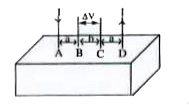
For current entering at A the electric field at a distance .r. from A is
ρI8πr2
ρIr2
ρI2πr2
ρI4πr2
The correct Answer is:C
Step by step video & image solution for Passage-II: Consider a block conducting material of resistivity .rho. shown in the figure. Current .I. enters at .A. and leaves from .D.. We apply superposition principle to find voltage .DeltaV. developed between .B. and .C.. The calculation is done in the following steps : i) Take current .I. entering from .A. and assume it to spread over a hemispherical surface in the block. ii) Calculate field E(r ) at distance .r. from A by using Ohm.s law E= rhoj, where j is the current per unit area at .r.. iii) From the .r. dependence of E(r ), obtain the potential V(r ) at r. iv) Repeat (i), (ii), (iii) for current .I. leaving .D. and superpose results for .A. and .D.. For current entering at A the electric field at a distance .r. from A is by Physics experts to help you in doubts & scoring excellent marks in Class 12 exams.
Updated on:21/07/2023Topper's Solved these Questions
- CURRENT ELECTRICITYBook:AAKASH SERIESChapter:CURRENT ELECTRICITYExercise:PRACTICE SHEET (EXERCISE - I LEVEL-II (ADVANCED) (Matrix Matching Type Questions))
Explore 1 Video
- CURRENT ELECTRICITYBook:AAKASH SERIESChapter:CURRENT ELECTRICITYExercise:PRACTICE SHEET (EXERCISE - I LEVEL-II (ADVANCED) (Integer Type Questions))
Explore 3 Videos
- CURRENT ELECTRICITYBook:AAKASH SERIESChapter:CURRENT ELECTRICITYExercise:PRACTICE SHEET (EXERCISE - I LEVEL-II (ADVANCED) (More than One correct answer Type Questions))
Explore 1 Video
- CURRENT ELECTRICITYBook:AAKASH SERIESChapter:CURRENT ELECTRICITYExercise:PROBLEMS (LEVEL-II)
Explore 27 Videos
- DUAL NATURE OF RADIATION AND MATTERBook:AAKASH SERIESChapter:DUAL NATURE OF RADIATION AND MATTERExercise:PRACTICE EXERCISEX
Explore 42 Videos
Similar Questions
Consider a block of conducting material of resistivity 'ρ' shown in the figure. Current 'I' enters at 'A' and leaves from 'D'. We apply superposition principle to find voltage ΔV developed between 'B' and 'C'. The calculation is done in the following steps:
(i) Take current 'I' entering from 'A' and assume it to spread over a hemispherical surface in the block.
(ii) Calculate field E(r) at distance 'r' from A by using Ohm's law E=ρj, where j is the current per unit area at 'r'.
(iii) From the 'r' dependence of E(r), obtain the potential V(r) at r.
(iv) Repeat (i), (ii) and (iii) for current 'I' leaving 'D' and superpose results for 'A' and 'D'.
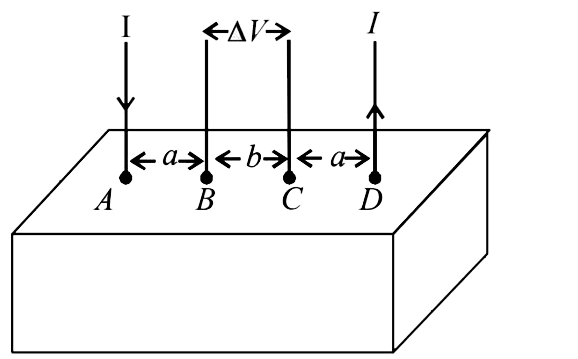
Delta V measured between B and C is
View SolutionConsider the circuit shown in the figure. The current I3 is equal to
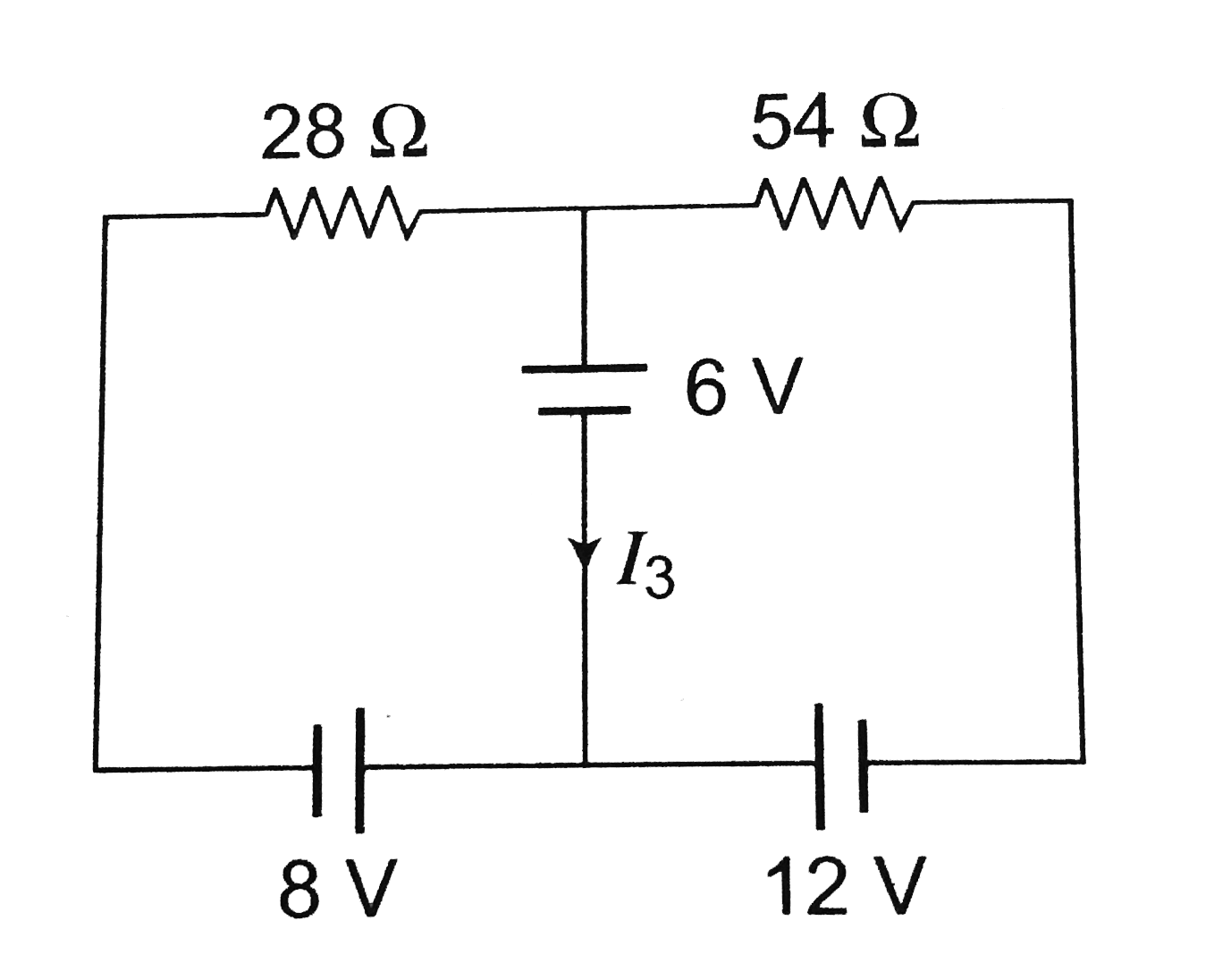
View SolutionA conducting wire carrying current I is shown in the figure. The magnitude of magnetic field at the point P will be

View SolutionWhen some potential differece is maintained between A and B, current I enters the network at A and leaves at B
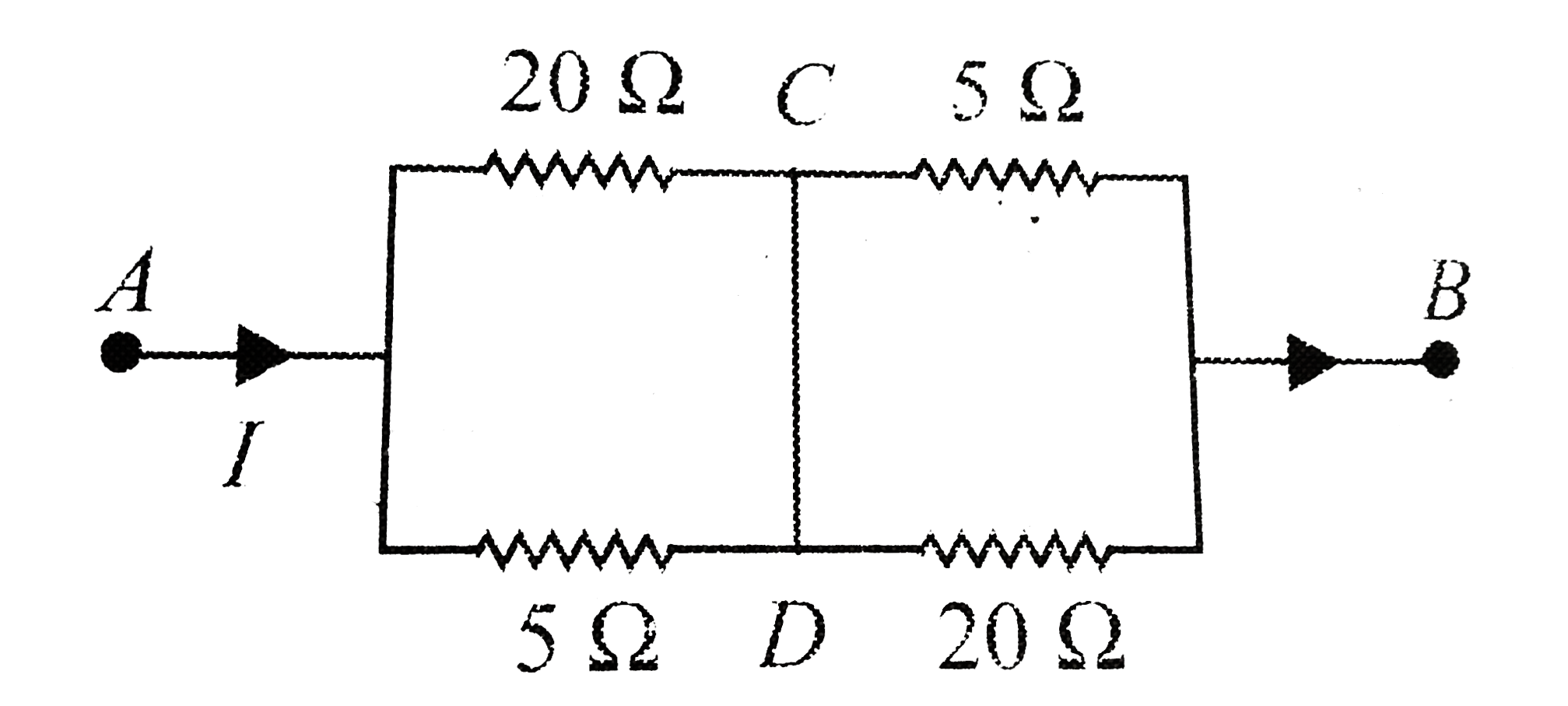
View SolutionAssuming all the surfaces to be frictionless accelration of the block c shown in the figure is
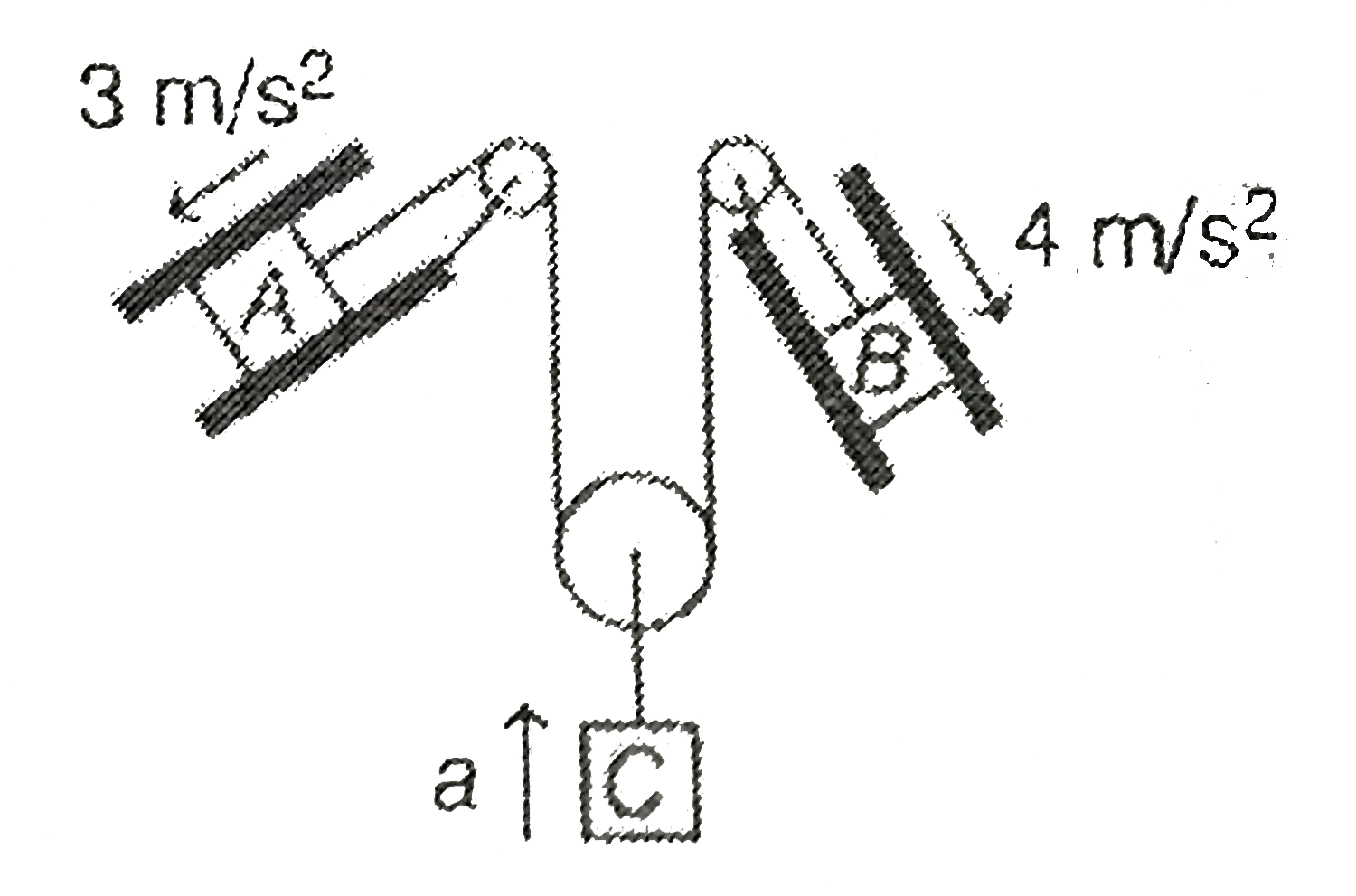
View SolutionA current enters from A and leaves at B through the network shown. Select the correct alternative(s).
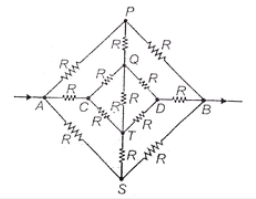
View SolutionIn the circuit shown in the figure,

View SolutionA current carrying wire is placed in the grooves of an insulating semicircular disc of radius 'R', as shown in Fig. The current enters at point A and leaves from point B. Determine the magnetic field at Point D.
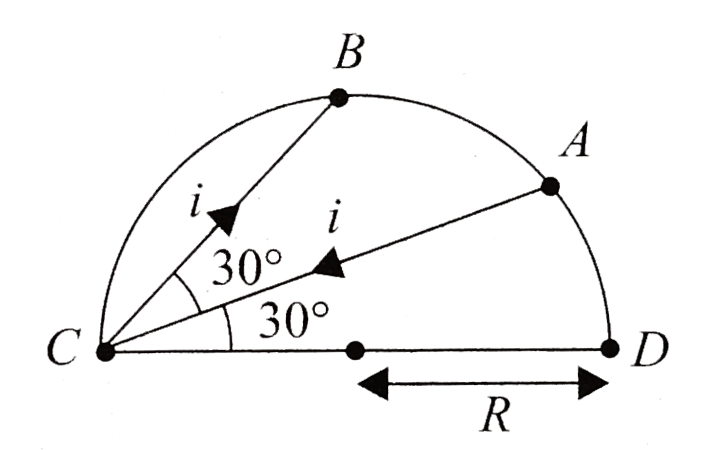
View SolutionA current carrying wire is placed in the grooves of an insulating semicircular disc of radius 'R', as shown in Fig. The current enters at point A and leaves from point B. Determine the magnetic field at Point D.

View SolutionA resistance of frustum shape is shown in figure. If a current i passes through the resistance, the electric field at A and B are related as -
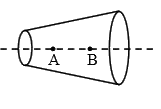
View Solution

